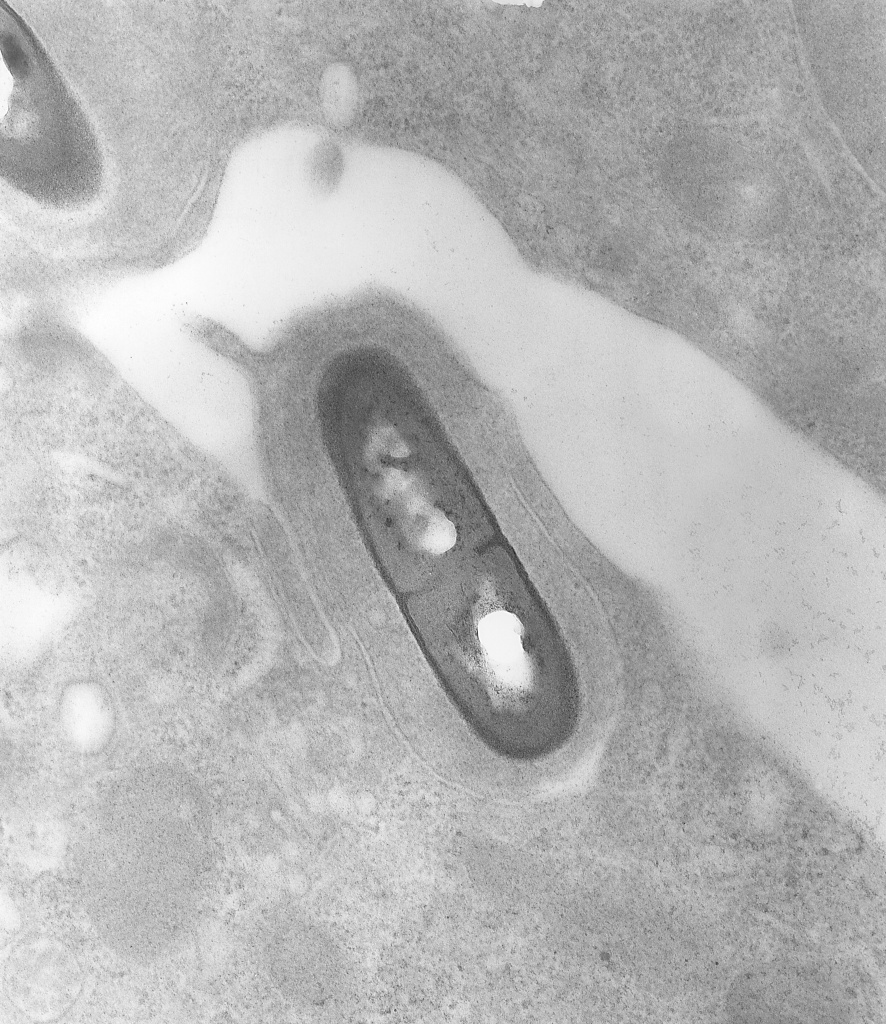Infection
Listeria outbreak kills three adults in Washington state, health…
Three people have died from a listeria outbreak in the state of Washington, the Department of Health there reported on July 21.
A total of five adults over 60 years of age are known to have developed “severe infections” from Listeria monocytogenes (listeriosis), including the three who died.
All five had “compromised immune systems,” the health department said in the public statement.
Listeria is a serious infection that most commonly comes from food that is contaminated with the bacterium Listeria monocytogenes, according to the Centers for Disease Control and Prevention (CDC).
Two of the infected adults were female and three were male.
Four of them were from Pierce County and one was in Thurston County.
The Washington State Department of Health is investigating the infections, along with the Tacoma-Pierce County Health Department and Thurston County Public Health and Social Services.
“WA DOH is working with Pierce and Thurston County local health jurisdictions to gather information from interviews with patients and their families to help identify any common exposures,” the statement said.
The individuals likely contracted the infection from the same food source based on genetic fingerprinting results, according to the statement.
They all became ill between February 27 and June 30.
Fox News Digital reached out to the Washington State Department of Health for comment, but had not heard back by the time of publication.
What to know about listeria
Around 1,600 people develop listeriosis each year in the US, resulting in around 260 deaths, per the CDC’s website.
Those who face the highest risk include pregnant women, newborn babies, adults 65 and older, and people with weakened immune systems.

People outside the high-risk groups rarely display symptoms, the CDC stated.
Common symptoms among pregnant women include fever, muscle aches, fatigue and other flu-like symptoms.
In severe cases, the infection can cause miscarriage, stillbirth, premature birth, or potentially fatal infection in the baby.
Symptoms in other groups may also include headache, stiff neck, balance problems, seizures and confusion.
Among those who are not pregnant, the death rate from listeriosis is about 5%, per the CDC.
Intestinal illness, including diarrhea and vomiting, can also occur for one to three days, usually starting within 24 hours of eating contaminated food.
Diagnosis of listeriosis is confirmed via laboratory tests of the blood, spinal fluid or placenta.
For those with invasive illness, the most common treatment is antibiotics.
To prevent infection, people in high-risk groups should avoid eating foods that are more likely to be contaminated, according to the CDC.
These include soft cheeses; meats, cheeses and salads from the deli; deli meats, cold cuts, hot dogs, and fermented or dry sausages; pâté or meat spreads; cold-smoked fish; sprouts; melons; and raw (unpasteurized) milk and raw milk products.
In November 2022, it was reported that a listeria outbreak caused at least one death and one pregnancy loss, with 16 confirmed cases across six states.
That outbreak was linked to sliced deli meats and cheeses, the CDC stated on its website.

